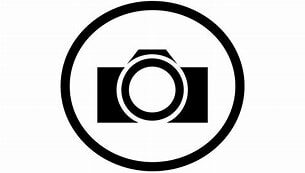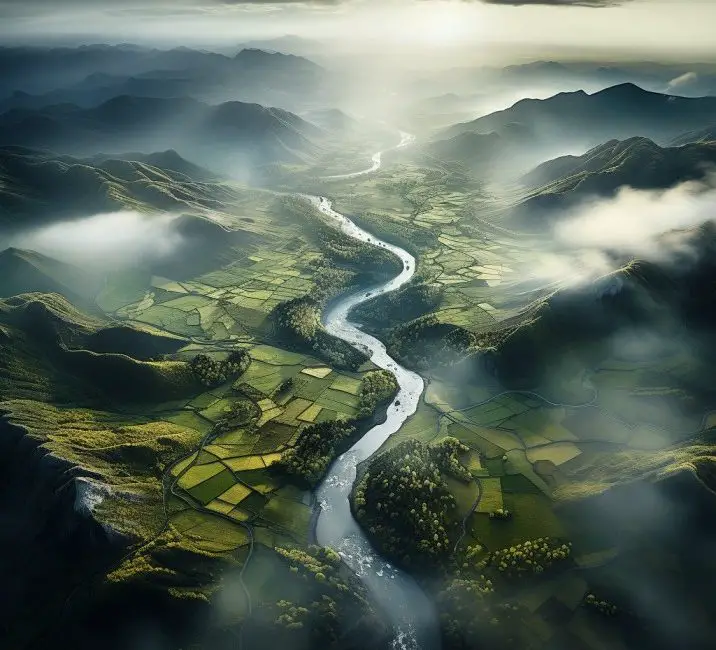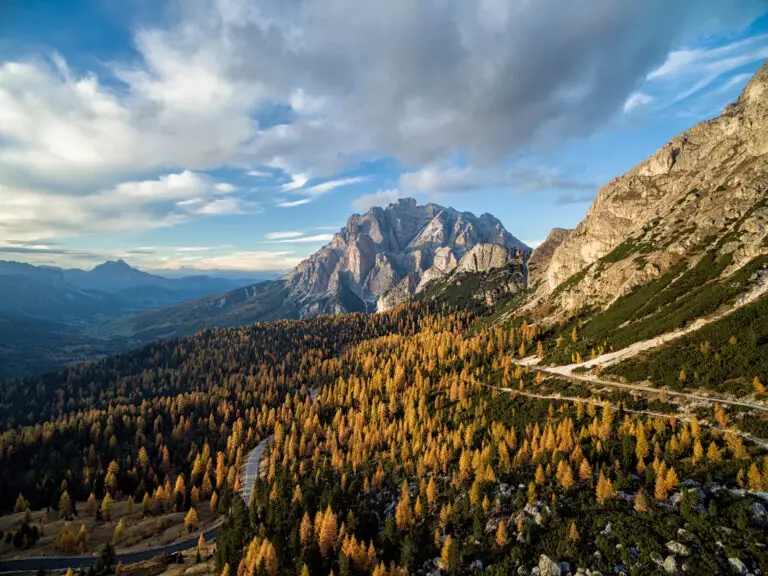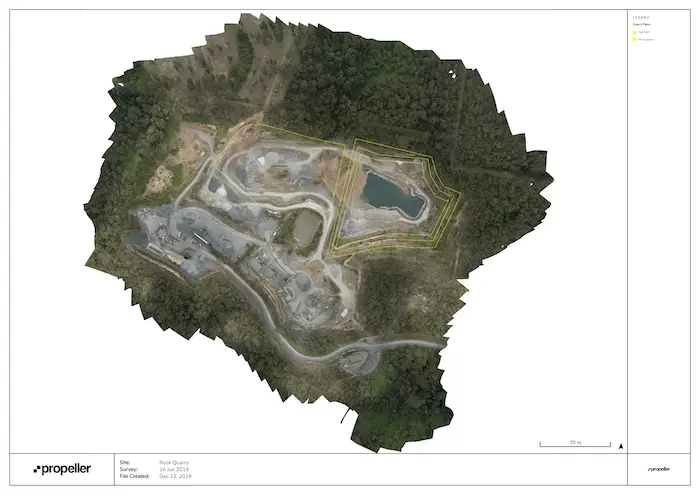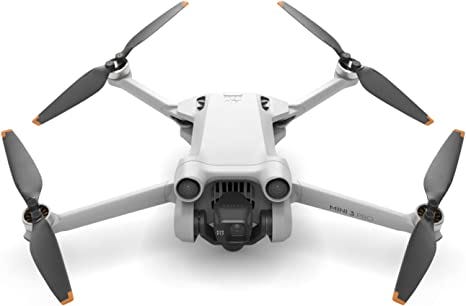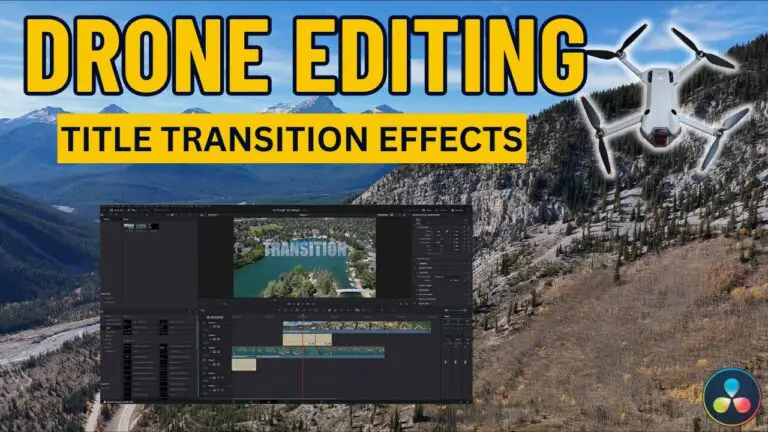Choosing the Right Drone Camera for Your Aerial Adventures
Unmanned aerial vehicles (UAVs), more commonly known as drones, have revolutionized the way we capture our world. Whether it’s for professional photography or merely for the love of aeronautics, the purchase of a drone is a pivotal step in opening up new vistas – literally. But beyond the drone itself, the quality of the camera equipped can make or break the entire experience. This guide is tailored to drone enthusiasts and hobbyists who are navigating the sky-high world of drone cameras.
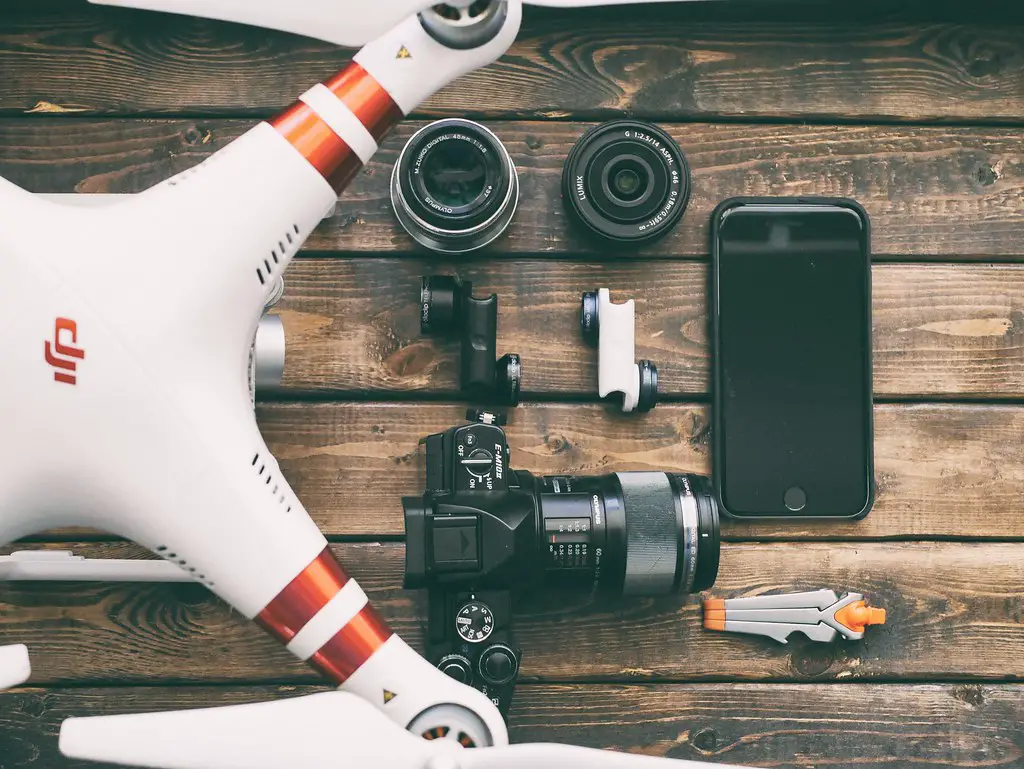
Understanding Drone Cameras
Drone cameras come in various forms, each suited to a specific set of needs. The three most common types are action cameras, DSLRs, and mirrorless cameras. Each type has its own advantages and considerations, so it’s crucial to weigh your options carefully.
Types of Drone Cameras
Action Cameras:
Action cameras are popular due to their compact size and robust design. Typically equipped with wide-angle lenses, they’re capable of capturing high-resolution photos and video. Brands like GoPro have set the standard for action cameras in terms of quality and usability, making them a preferred choice for aerial photographers and videographers.
DSLRs and Mirrorless Cameras:
High-end drones, also known as prosumer or professional drones, are compatible with DSLR or mirrorless cameras, offering unparalleled image quality. These cameras are versatile, allowing for the use of various lenses and often have larger sensors, which means better performance in low light conditions.
Factors to Consider
When selecting your drone camera, several key factors can influence your choice.
Weight:
The weight of the camera affects not only the overall flight characteristics of the drone but also its battery life. Lighter cameras are generally preferable, but not at the expense of image quality.
Resolution:
For photography, sensor resolution is paramount. Higher megapixel counts allow for larger, more detailed prints and better post-processing capabilities. Video drones, on the other hand, should offer at least Full HD (1080p) recording as a minimum, with many now capable of 4K and even higher resolutions.
Stabilization:
Aerial photography is inherently shaky, but a camera with good stabilization can mitigate much of this. Stabilization can be done via the camera’s software or mechanical gimbals. For professional results, a 3-axis gimbal is typically recommended for smooth, distortion-free footage.
Best Drone Cameras for Different Needs
The market is brimming with drone cameras to suit a wide array of needs. Whether you’re a photographer who prizes image quality or a videographer who values smooth footage, there are cameras engineered for you.
Top Cameras for Photography
Photographers in search of a drone that can deliver stunning aerial shots will appreciate models like the DJI Phantom 4 Pro V2.0, equipped with a 1-inch CMOS sensor that can take 20MP stills and 4K video at 60fps. For a more budget-friendly option, the DJI Mavic Air offers a smaller sensor but still provides excellent image quality in a more compact form factor.
Top Cameras for Videography
Videographers looking to add dramatic aerial footage to their repertoire might lean towards the DJI Inspire 2, which supports multiple camera options, including the Zenmuse X7, capable of shooting 6k video. The Autel Robotics Evo II is another standout, offering an 8K camera for those who are future-proofing their kit.
Budget-Friendly Options
Drone enthusiasts who are just starting or have budget constraints need not compromise on camera quality. The DJI Mavic Mini may not have the most powerful camera, but it’s a solid choice for beginners with its 2.7K camera and incredibly lightweight frame, which exempts it from many legal restrictions surrounding drone use.
Comparison Guide
It’s essential to compare drone cameras side-by-side to get a detailed look at the features that matter most to you. Here’s a brief comparison of some popular models:
DJI Phantom 4 Pro V2.0
- 20MP 1-inch CMOS sensor
- 4K video at 60fps
- Mechanical 3-axis gimbal stabilization
- Max takeoff weight of 3 lbs
- Flight time of approximately 30 minutes
DJI Mavic Air
- 12MP 1/2.3″ CMOS sensor
- 4K video at 30fps
- 3-axis gimbal stabilization
- Ultra-portable foldable design
- 21-minute flight time
DJI Inspire 2
- Supports Zenmuse X4S, X5S, X7 cameras
- Capable of shooting up to 6K video
- Advanced obstacle avoidance features
- Dual battery system for extended flight time
- Professional-grade build and control system
Autel Robotics Evo II
- 8K camera
- 1/2-inch camera sensor
- 7100mAh battery for up to 40 minutes of flight time
- Obstacle avoidance sensors on all sides
- Offers modular attachments for different uses
DJI Mavic Mini
- 2.7K camera
- 12MP camera sensor
- Weighs just 249 grams
- 3-axis gimbal stabilization
- Up to 30 minutes of flight time
Tips for Making the Right Choice
While the specs of a drone camera are significant, understanding your personal needs is paramount to making the right choice.
Understanding Your Use Case
Are you primarily capturing photos or videos? What environments will you be flying in? How important is portability to you? These questions can help you narrow down the search.
Future-Proofing and Accessories
Drone technology evolves quickly. Considering a drone with swappable cameras or the option to upgrade the camera down the line can save you from needing to buy a new drone too soon. Additionally, look into the availability of accessories like extra batteries, filters, and carry cases that can enhance your aerial experience.
Conclusion
Selecting the right drone camera is an investment in capturing the world from a new perspective. By understanding the types of drone cameras available, what features to consider, and by taking a closer look at some of the top models on the market, you’re better equipped to find the perfect airborne companion for your adventures. Remember to always fly responsibly and within the legal guidelines of your area, and most importantly, have fun exploring the skies and your creativity.
